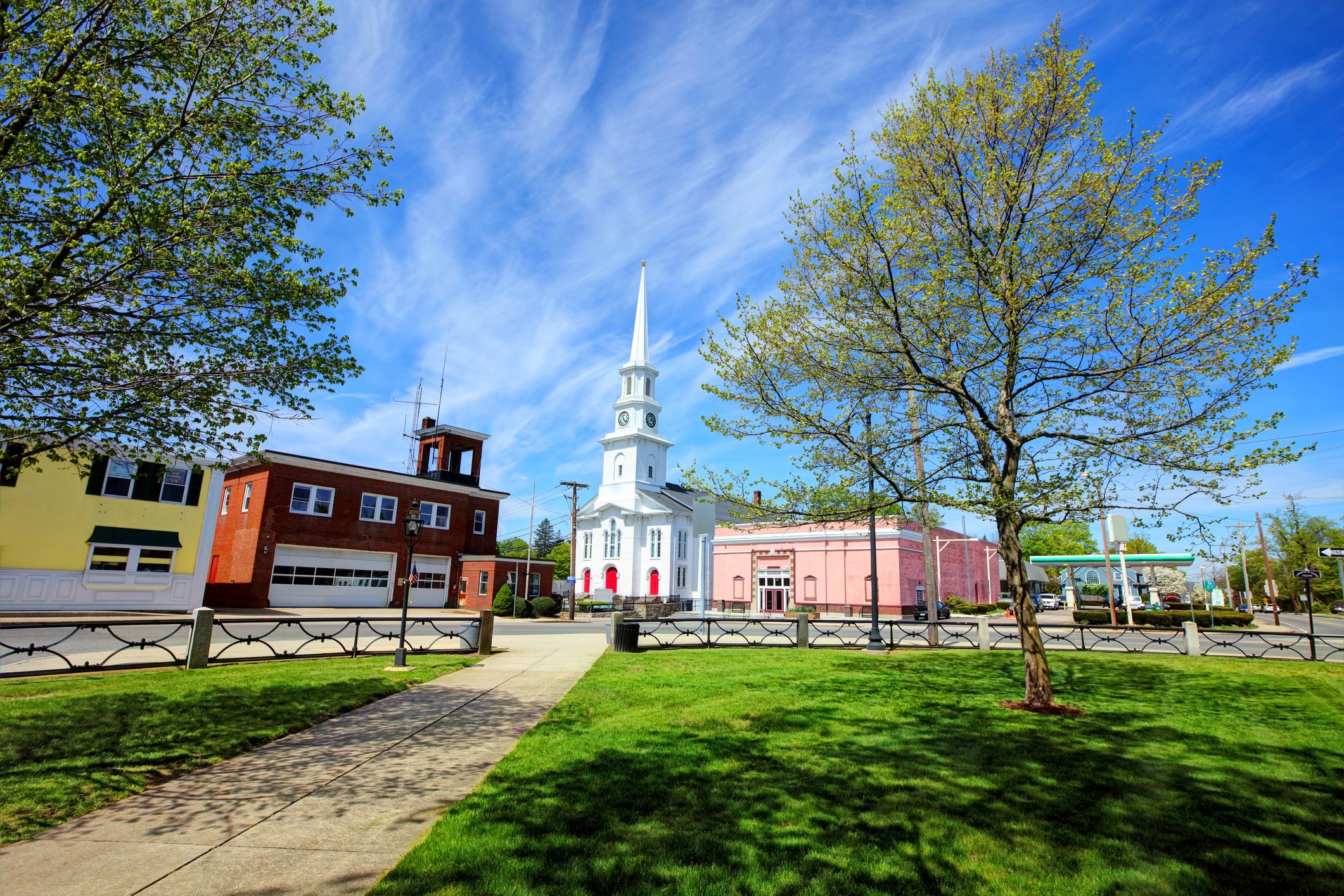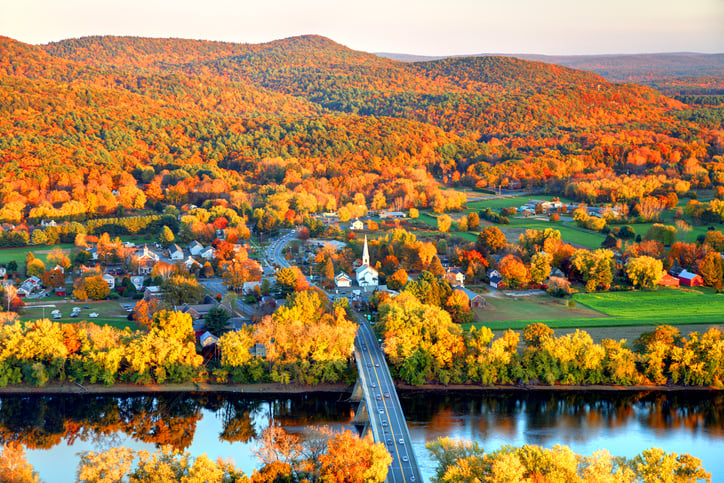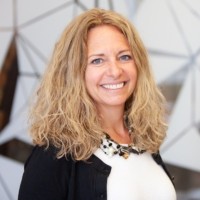Building on Faith: Understanding Religious Land as a Housing Solution
Faith-based organizations have long played a central role in community care by feeding the hungry, sheltering the unhoused, and offering spaces of belonging. But what if they could do even more by reimagining how their land is used?
With affordable housing out of reach for most Americans, state and local leaders are searching for creative ways to expand what’s buildable.
A growing national movement called Yes in God’s Backyard” (YIGBY) seeks to empower religious institutions to repurpose underused property for housing, but the potential scale of that opportunity is hard to assess without clear data.
In Massachusetts, the Lynch Foundation needed answers:
- How much land do faith-based organizations own across the state?
- Where is there space — vacant or underutilized — that could support development?
- What’s the real, realistic potential for new housing?
Traditional approaches would have required time-intensive, manual research. Instead, a fast, accurate, and replicable assessment was needed. One that could inform policy, mobilize partners, and turn possibility into action.






